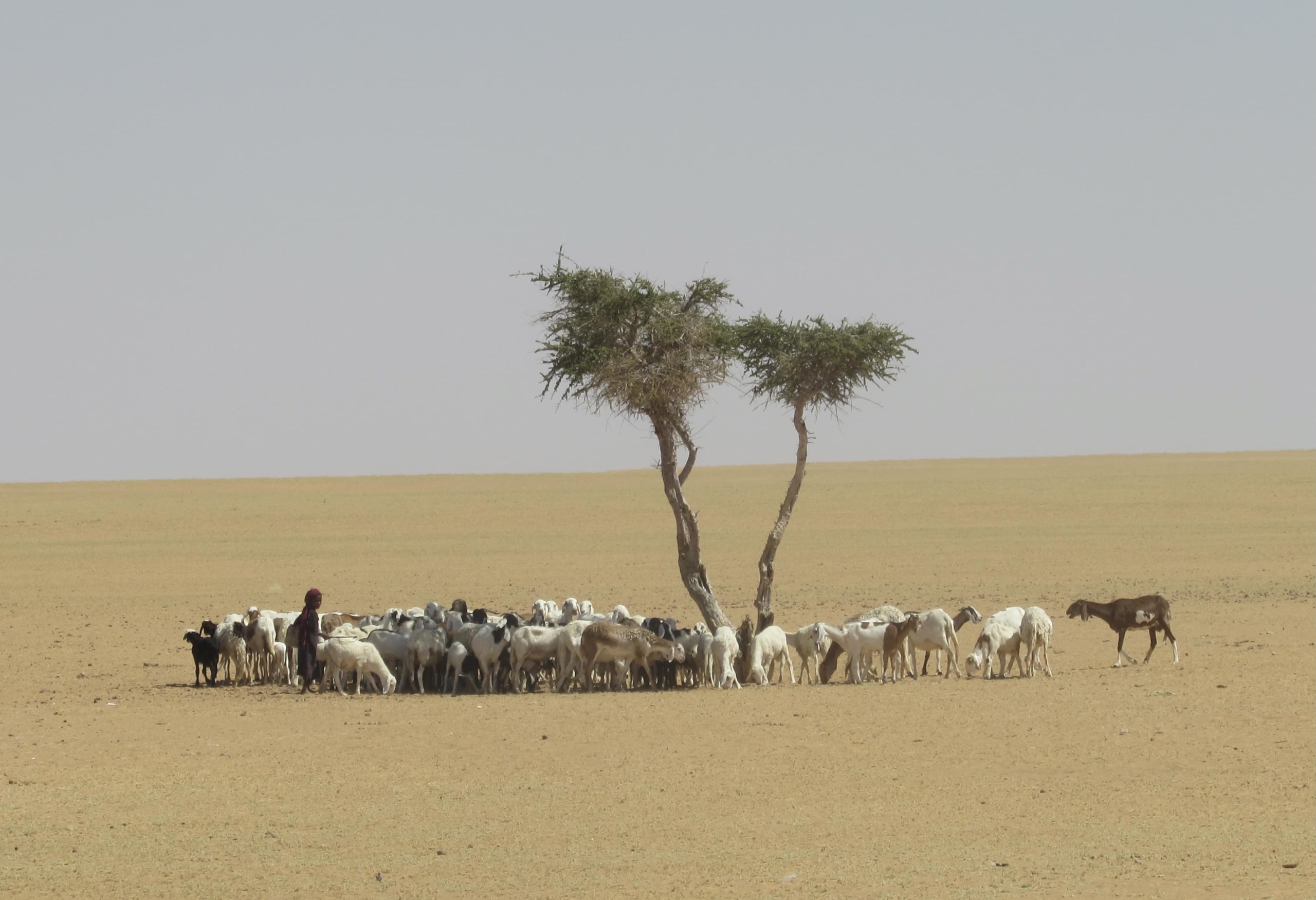Sandscript #30 – From injection to management: the veterinarian’s pathway in wildlife conservation
Avian influenza with a highly pathogenic H1N1 virus, SARS, Ebola, Covid-19, Monkeypox, etc.: the early 21st century has confirmed time and again that the boundaries between wild and domestic health categories were far from being impervious.

Read here the first article of Sandscript 30th issue
It has also demonstrated that the transmission of these diseases (previously confined to wildlife) to Humans was exacerbated – if not caused – by increasingly close and frequent cohabitation following the destruction of natural habitats in order to expand human activities.
These observations led veterinarians, concerned about the propagation of these “new” zoonoses and keen to detect their emergence before the appearance of possible pandemics, to put forward the “One Health” approach at the turn of this century, which highlights the interdependence between the health of the environment, the health of Humans and their pets, livestock and the health of wildlife.
This concept, along with various interventions by veterinarians to capture oryx, addax and dama gazelles by teleanaesthesia, monitor their translocation and vaccinate these species, reveals the importance of this profession for the health of wild species in general, and Sahelo-Saharan fauna in particular.
However, veterinarians’ contribution is not limited to acting in a strictly medical capacity. Through their extensive training, over and above their knowledge of biology, veterinarians have acquired many other skills in fields as diverse as administration, public health and health crisis monitoring and management. These skills prove extremely useful in the protection of living things, which nowadays requires a holistic and multidisciplinary approach.
Moreover, carrying out the profession of veterinarian not only requires great pragmatism but also constant humility and continual adaptability when faced with ailments affecting a patient incapable of providing any information. The approach adopted to overcome this impossible communication is based on several successive steps: aetiology (analysis of the possible causes of the disease), diagnosis (identification of the pathology thanks to this analysis and observation of the symptoms), treatment (prescription of curative measures), prognosis (evaluation of the course of the disease) and prophylaxis (preventive measures).
This approach perfectly applies to conserving natural resources and particularly wildlife. Faced with the decline or extinction of a species, the first reaction must be to understand how this situation has come about (aetiology), then to assess the current status of the species (diagnosis) before putting in place suitable restorative actions (treatment), evaluate their chance of success (prognosis) and put forward measures so that the species’ conservation status does not deteriorate in the future (prophylaxis).
Veterinarians therefore have the qualities and aptitudes giving them every legitimacy to play a role in safeguarding wildlife. However, they had to bring about a real cultural revolution as, unlike traditional veterinary practice focused on caring for the individual, in terms of conservation, the health of the population comes first, with the loss of a few individuals being inconsequential except for critically endangered species.
Veterinarians are therefore found in research institutes, national administrations, international organisations and NGOs, where they are involved, on the ground or behind a desk, in designing, implementing and monitoring numerous programmes that help preserve wildlife.
Previously merely doctors occasionally performing technical interventions during episodes of disease affecting wild species, they are now actively involved at every stage of conservation.
François Lamarque
Board member of Sahara Conservation